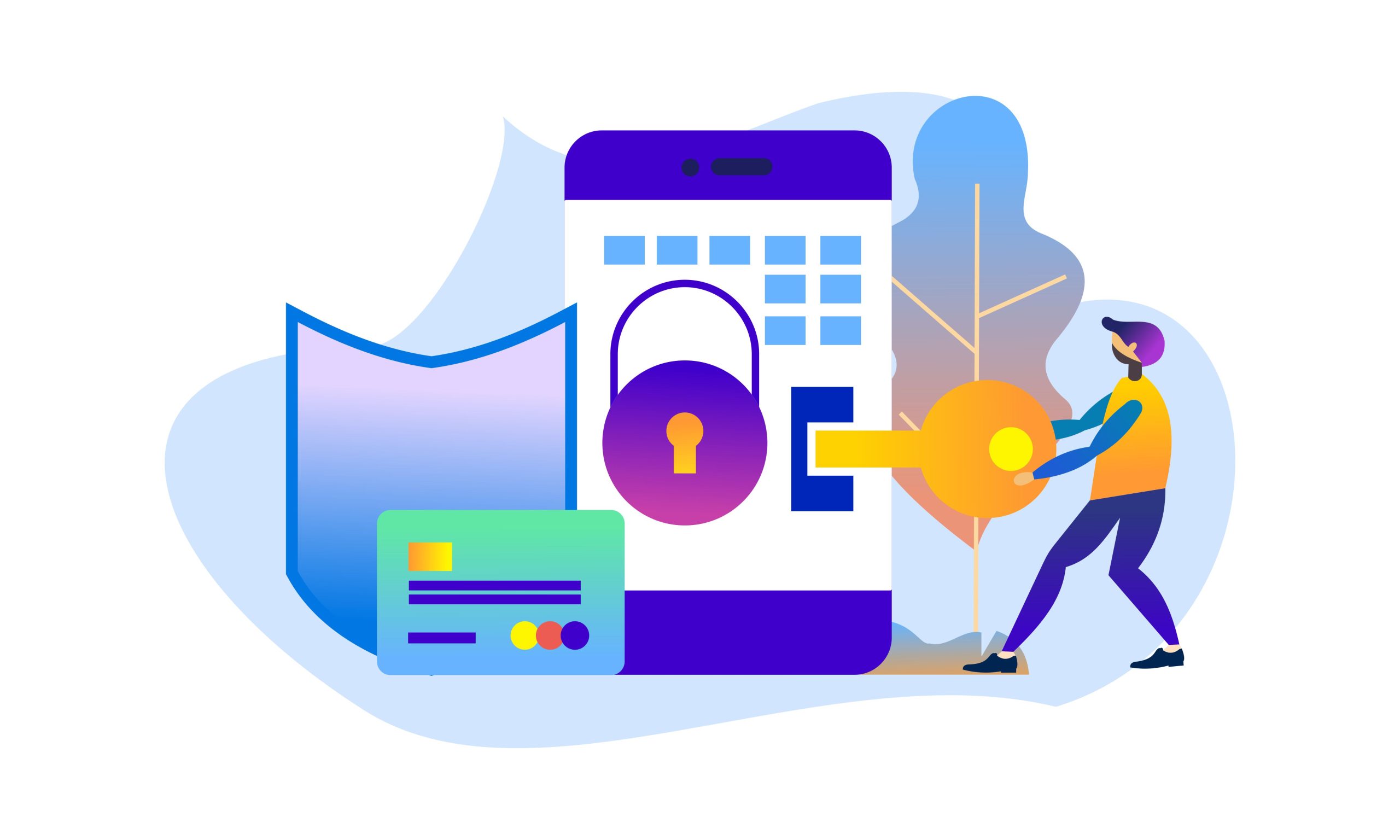In an era where cyber threats are increasingly sophisticated, cybersecurity software is essential for protecting digital infrastructure. This article explores the various types of cybersecurity software, their advantages, disadvantages, and provides a practical guide for managing and utilizing these tools effectively.
Understanding Cybersecurity Software

Cybersecurity software encompasses a range of applications and tools designed to protect systems, networks, and data from cyber threats. Key types of cybersecurity software include:
- Antivirus Software: Detects and removes malicious software, such as viruses, trojans, and worms.
- Firewalls: Monitors and controls incoming and outgoing network traffic based on predetermined security rules.
- Intrusion Detection Systems (IDS) and Intrusion Prevention Systems (IPS): Detects and prevents potential security breaches by monitoring network and system activities.
- Encryption Software: Protects data by converting it into a secure format that can only be read by authorized users.
- Endpoint Security: Protects individual devices, such as computers and mobile phones, from threats.
- Security Information and Event Management (SIEM): Collects and analyzes security-related data from across an organization’s IT infrastructure to identify and respond to potential threats.
- Identity and Access Management (IAM): Ensures that only authorized users have access to certain information and systems.
- Vulnerability Scanners: Identifies and addresses vulnerabilities in systems and networks.
Advantages of Cybersecurity Software
- Enhanced Protection: Provides comprehensive protection against a wide range of cyber threats.
- Automated Threat Detection: Automatically detects and responds to threats, reducing the need for manual intervention.
- Improved Compliance: Helps organizations comply with regulatory requirements by maintaining security standards.
- Data Integrity: Ensures the integrity and confidentiality of sensitive data through encryption and access controls.
- Centralized Management: SIEM and IAM solutions provide centralized management of security policies and user access.
Disadvantages of Cybersecurity Software
- Cost: Implementing and maintaining advanced cybersecurity software can be expensive, particularly for small businesses.
- Complexity: Cybersecurity tools can be complex to configure and manage, requiring specialized knowledge and skills.
- Resource Intensive: Some cybersecurity software, especially SIEM and IDS/IPS, can be resource-intensive, affecting system performance.
- False Positives: Automated systems may generate false positives, leading to unnecessary alerts and potential disruptions.
- Dependence on Updates: Regular updates are necessary to keep the software effective against the latest threats, requiring continuous attention.
Tutorial: Implementing and Managing Cybersecurity Software
- Identify Requirements: Assess your organization’s specific security needs and choose appropriate cybersecurity tools.
- Select the Right Software: Research and select cybersecurity software that best fits your requirements and budget.
- Plan Deployment: Develop a deployment plan that includes installation, configuration, and integration with existing systems.
- Conduct Training: Train your IT staff on the use and management of the new cybersecurity tools.
- Implement Monitoring: Set up monitoring systems to track the performance and effectiveness of the cybersecurity software.
- Regular Updates and Maintenance: Ensure that all cybersecurity software is regularly updated to protect against new threats.
- Perform Regular Audits: Conduct regular security audits to identify gaps and improve your cybersecurity posture.
- Develop an Incident Response Plan: Create and test a response plan to handle security incidents swiftly and effectively.
Conclusion
Cybersecurity software is a crucial component of modern digital security strategies, offering robust protection against a wide array of threats. While there are challenges in terms of cost, complexity, and resource demands, the benefits far outweigh the drawbacks. By understanding the various types of cybersecurity software and following best practices for implementation and management, organizations can significantly enhance their security posture.
At KlikDot, we are dedicated to providing valuable insights and resources on the latest developments in cybersecurity. Stay tuned for more in-depth articles and tutorials on how to effectively protect your digital infrastructure.








Tinggalkan komentar